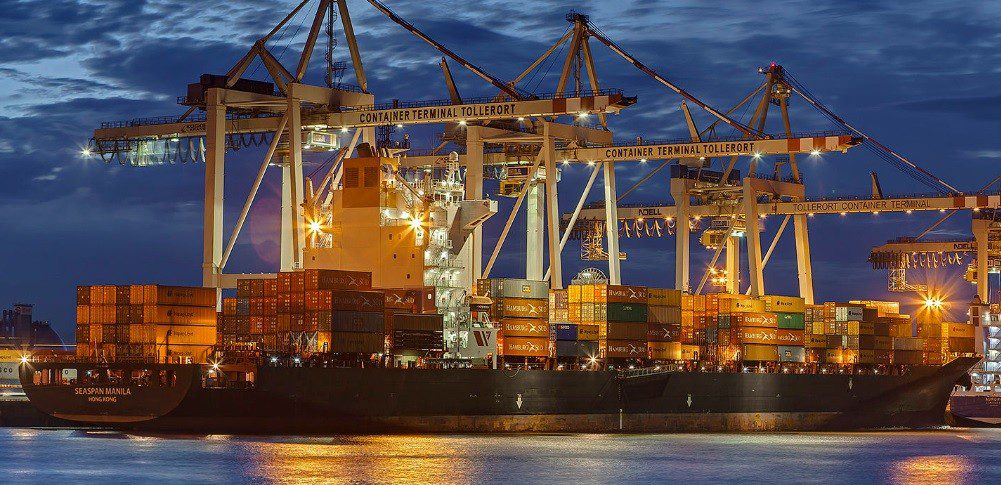U.S. corn planting last week remained on the slowest pace since 2013, and sluggish progress may continue in the week ahead, exacerbating crop delays in the top exporter.
The worst setbacks relative to average are in top producers Iowa, Illinois and Minnesota, which together accounted for 41% of last year’s U.S. corn harvest.
The U.S. Department of Agriculture’s statistics service on Monday afternoon showed U.S. corn planting as 14% complete as of Sunday, up from 7% a week earlier and below trade expectations for 16%.
One-third of the crop is usually sown by May 1, though last year was quicker at 42%.
The last week in April and the first two in May are typically the busiest for U.S. corn planting, and progress usually jumps 17 percentage points in the week ended May 1. Gains reach 21 points in the next week, but that might be a stretch considering the forecast for the next few days.
I posted a poll on Twitter Monday asking U.S. producers if planting in the next seven days was likely to be fast, normal or slow in their areas. At least 475 producers had responded by early evening, and 87% had voted for slower-than-normal progress.
I had put up a similar poll on Sunday asking about the past week’s pace, and 79% of about 900 producers said field work was relatively slow.
U.S. corn planting usually reaches the halfway point on May 8, but current progress plus Monday’s poll suggests farmers will be well behind that mark by this coming Sunday. The cooler, wet forecast for the next few days in the central United States further supports that idea.
Even if U.S. farmers were able to pull off an average effort this week, that would put May 8 progress at only 35%, the third slowest in more than a quarter century. Planting was only 19% complete by that date in 2013, and extremely wet conditions allowed for only 26% completion by May 8, 2019.
Yields were not stellar in either of those years, though summer weather, not planting delays, has a greater impact on results. Cold and dry weather prevailed in 2013 with a couple poorly timed, very hot weeks. The 2019 yields were weighed down by a slew of high-yielding acres sitting idle for the season.
The most productive states were the furthest behind as of May 1. Just 9% of corn in Iowa had been planted versus an average of 42%, and Illinois’ 7% greatly lagged the 43% average. Minnesota had not yet started planting, though 28% of the crop would normally have been planted by Sunday.
By the same date last year, Iowa, Illinois and Minnesota had planted 62%, 50% and 54% of their corn, respectively. Last year’s pace was ahead of average, but cooler temperatures in May slowed development and pollination proceeded at a largely normal rate.
The risk of late corn planting is that the crop is likely to pollinate later, and that can often feature hotter, yield-limiting temperatures. U.S. corn predominantly pollinates in July.






